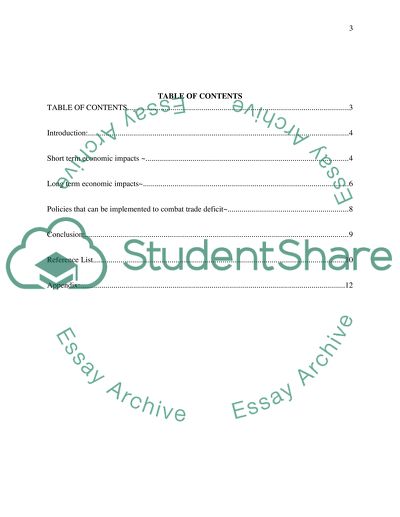Cite this document
(“The High Australian dollar Essay Example | Topics and Well Written Essays - 1750 words”, n.d.)
Retrieved from https://studentshare.org/macro-microeconomics/1661417-the-high-australian-dollar
Retrieved from https://studentshare.org/macro-microeconomics/1661417-the-high-australian-dollar
(The High Australian Dollar Essay Example | Topics and Well Written Essays - 1750 Words)
https://studentshare.org/macro-microeconomics/1661417-the-high-australian-dollar.
https://studentshare.org/macro-microeconomics/1661417-the-high-australian-dollar.
“The High Australian Dollar Essay Example | Topics and Well Written Essays - 1750 Words”, n.d. https://studentshare.org/macro-microeconomics/1661417-the-high-australian-dollar.


